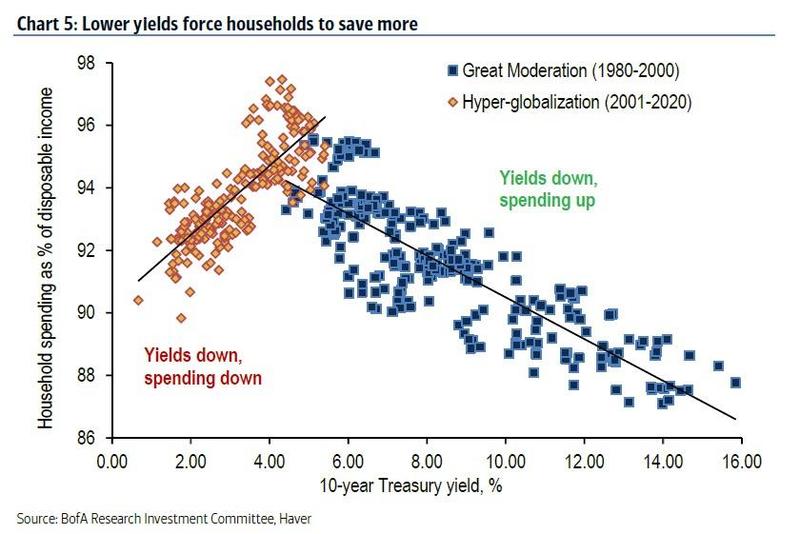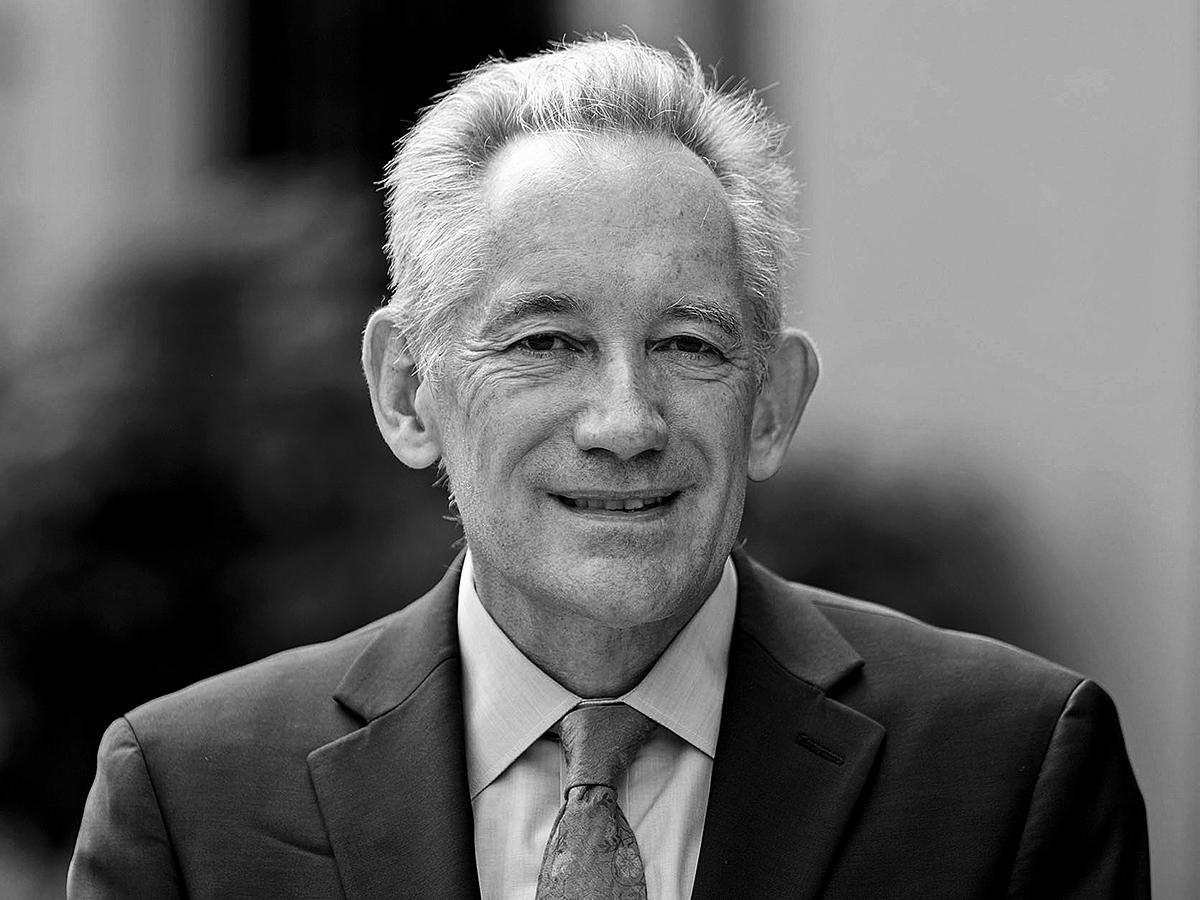At least 20 Boston researchers, technologists and science enthusiasts have tried a DIY vaccine developed by a group called the Rapid Deployment Vaccine Collaborative, or Radvac, according to the MIT Technology Review.
The scientists, many of whom are connected to Harvard University and MIT, include George Church, a celebrity geneticist from Harvard. While Church has not left his home in five months, he believes that the vaccine is extremely safe, as one of the developers is Preston Estep, a former graduate student of his at Harvard.
“I think we are at much bigger risk from COVID considering how many ways you can get it, and how highly variable the consequences are,” said Church, according to the MIT Technology Review. “I think that people are highly underestimating this disease.”
Radvac was formed in March, when Estep emailed a number of acquaintances wondering if a DIY project could develop a vaccine more quickly than ongoing projects, as he felt that “already sufficient information” had been published about the virus in order to guide an independent project.
“We established a core group, most of them [from] my go-to posse for citizen science, though we have never done anything quite like this,” explained Estep, a cofounder of Veritas Genetics, a DNA sequencing company.
The Radvac team went through reports on vaccines against SARS and MERS and worked in borrowed labs with mail-order ingredients in order to develop the vaccine. The team was looking for “a simple formula that you could make with readily available materials,” Estep told the MIT Technology Review. “That narrowed things down to a small number of possibilities.”
A white paper detailing the vaccine was published by Radvac in early July for anyone to copy, with four authors named on the document and a dozen initials of participants who chose to remain anonymous.
The DIY vaccine is a “subunit” vaccine consisting of fragments of the virus. Radvacs virus is made from peptides, short bits of protein that match part of the coronavirus but can cause the disease itself. Subunit vaccines are used for some other diseases including hepatitis B and human papillomavirus (HPV). Novavax, a biotechnology company, is also working on a subunit vaccine for the coronavirus, and has secured a $1.6 billion contract from the Trump Administration’s Operation Warp Speed.
The peptides in Radvac’s vaccine were mixed with chitosan, a substance from shrimp shells, which coats the peptides in a nanoparticle which can pass the mucous membrane.
Nasal vaccines are easier to administer than injected ones, but only five out of about 199 COVID-19 vaccines are using nasal delivery.
A nasal vaccine could also create mucosal immunity, or immune cells present in the tissues of the airway, which could be important for defending against SARS-CoV-2. Mucosal immunity is harder to detect than antibodies that appear in the blood, however, and may require a biopsy to identify, according to the MIT Technology Review.
George Siber, the former head of vaccines at Wyeth, told Estep that short, simple peptides often don’t cause much of an immune response and that he hasn’t heard of any subunit vaccine delivered nasally. Siber also asked Estep if Radvac had considered a dangerous side effect, called enhancement, in which a vaccine can actually worsen the disease.
“It’s not the best idea – especially in this case, you could make things worse,” warned Siber. “You really need to know what you are doing here.”
Arthur Caplan, a bioethicist at New York University Langone Medical Center, called Radvac “off-the-charts loony,” according to the MIT Technology Review, warning of a high “potential for harm” and “ill-founded enthusiasm.”
Radvac still can’t say whether or not the vaccine works. Church said that some studies are underway in his Harvard lab to see if the vaccine leads to antibodies against the virus and Estep hopes that mainstream immunologists will help the group. Concerning immune responses so far, Estep told the MIT Technology Review that “it’s a little bit
complicated, and we are not ready to report it.”
Estep has continued to deliver the vaccine to a number of friends and colleagues. The materials for the vaccine have been delivered to 70 people, but since the vaccine must be mixed by the recipients, they’re unsure about how many have actually taken it.
The US Food and Drug Administration requires authorization to test novel drugs in the form of an investigational new drug approval. Radvac did not request approval from the FDA and has not had any ethics board sign off on the vaccine plan.
Estep stated that he feels that Radvac is not subject to oversight because the group mixes and administers the vaccine themselves without any exchange of money. “If you are just making it and taking it yourself, the FDA can’t stop you,” said Estep.
Estep explained that the group did seek legal advice and the white paper begins with extensive disclaimers, including that anyone who uses the vaccine takes “full responsibility” and must be at least 18-years-old.
“What the FDA really wants to crack down on is anything big, which makes claims, or makes money. And this is none of those,” said Church. “As
soon as we do any of those things, they would justifiably crack down. Also, things that get attention. But we haven’t had any so far.”
Siber explained that self-experimentation with COVID-19 vaccines would never win ethics approval at any US university, but admitted that many vaccinologists had injected themselves as a quick and cheap way to get data. Siber himself has even done so, although not recently.
Some Chinese scientists have reportedly taken their own coronavirus vaccines. Hans-Georg Rammensee, of the University of Tubingen, in Germany, said that he injected a peptide vaccine for the virus into his abdomen, causing a ping-pong ball sized bump and a profusion of immune cells through his blood.
Rammensee said that he self-injected to avoid red tape and get preliminary results about a vaccine being developed at the university, adding that it was acceptable to do so because he is an expert in the field and understood the risks and implications.
“If someone like me who knows what he is doing [does it], it’s fine, but it would be a crime for a professor to tell a postdoc to take it,” explained Rammensee.
Alex Hoekstra, a data analyst with training in molecular biology who previously volunteered on the Personal Genome Project staff, explained that the virus changed how he moved through the world, according to the MIT Technology Review.
“I am not licking doorknobs,” said Hoekstra. “But it’s an amazingly surreal experience knowing that I may have an immunity to this constant danger [and] that my continued existence through this pandemic will be a useful data set. It lends a level of meaning and purpose.”





